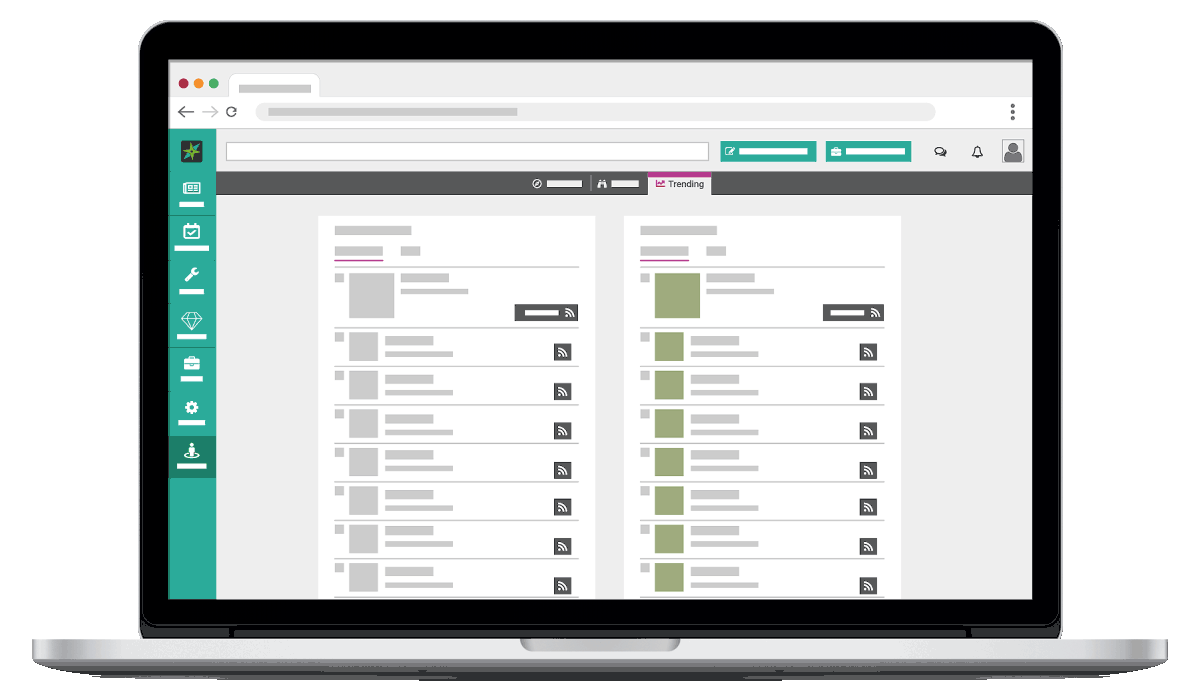As global recession concerns mount, Central Banks around the world are going the way of the dove. Their actions aim to bolster a faltering economy in their home turf and worldwide, much like they have done in the past.
All eyes this month are on the US Federal Reserve, or Fed, which has all but confirmed it will cut rates at the end of this month. But around the world, regulators have already started adopting easing policies, from Australia to China to the European Union.
The continuing uncertainty over China-US trade relations isn’t doing much to quell market fears. A temporary reprieve following the G20 summit left the world with a promise of continuing negotiations, but no real insight into tangible outcomes.
Reserved Approach
Even against global headwinds, a dovish policy for the Fed might feel unusual given how strong the US economy appears for now. A booming stock market and more jobs do not exactly spell “recession”.
“On the other [hand], bond markets have been sounding the alarm as long-term interest rates sink below short-term ones, often a harbinger of a downturn,” warns The Economist.
“At the end of the day, Central Banks are trying to lift inflation, which remains stubbornly low,” says independent analyst Greg Gibbs, who publishes on Smartkarma. “They are seeing weaker activity over the last nine months and have come to the conclusion that inaction runs the risk of further sliding off the path to sustainable inflation.”
“The current environment differs from the post-Plaza Accord environment due the persistence of low inflation and strong US growth relative to the rest of the world, which has attracted strong capital inflows,” writes Insight Provider Said Desaque in a note on Smartkarma. “A weaker dollar will require a degradation in the post-tax returns on US assets via significantly slower growth or degraded corporate operating performance.”
Read Said Desaque’s full Insight: Great Currency War: Slowing Global Economy Will Test Truce
The Fed mulling cuts in response to slowing growth rather than the spectre of a recession, recalls the last time this happened in 1995, says Insight Provider Cam Hui. “They last did this when the 2s10s yield curve approached inversion,” Hui says. “This time, the 2s10s and 10s30s were never anywhere near inverted territory, but the Fed is responding to slowing global growth and trade war uncertainty.”
In a note on Smartkarma, Hui opines that “if the rate cut is an ‘insurance’ cut designed to heed off further economic weakness in the face of a stalemated trade dispute, we expect the cut to be reversed relatively quickly because the global growth backdrop remains constructive.”
Read Cam Hui’s full Insight: What Would Happen If The Fed Cuts Rates?
Hui quotes economist Tim Duy, who has likened the current situation to 1995. Back then, the Fed also considered cutting rates for the first half of the year before going ahead with it.
“If the Fed can engineer a repeat, 1995 would be a good model to follow as it is arguably the only instance of a soft landing for monetary policy,” Hui writes.
The Fed has historically chosen recession as the lesser of two evils compared to rising inflation, Desaque points out. “The Fed has the luxury to take out insurance rate cuts against looming recession. Recessions have occurred because the Fed has not cut rates quickly enough due to inflation fears,” he adds.
Currency Ramifications
Broader ramifications for other currencies include potential appreciation for the yen (long considered a safe-haven currency) and the yuan. Dovish moves by the Fed and the European Central Bank (ECB) would ensure yen appreciation, if the Bank of Japan (BoJ) does not take action, writes Desaque.
The yuan, meanwhile, rose on the encouraging outcome of the G20 summit but quickly returned to previous levels after uncertainty persisted. Easing policies from the Fed, the ECB, and the BoJ could push it upwards, which would put further pressure on the Chinese economy, he adds – unless the People’s Bank of China (PBoC) adopts more easing policies of its own.
The PBoC has already been hard at work boosting liquidity. In an Insight on Smartkarma, Michael J. Howell notes that, while the rolling 60-day sum of daily liquidity injections by the PBoC dropped around April, it increased significantly through May and June.
“Over the period from November to April, open market operations took out around RMB 1.8 trillion of liquidity from markets. But from May, to date, RMB 1.1 trillion has been added back, with data through mid-June already making this the best month for over a year-and-a-half,” Howell writes.
Read Michael J. Howell’s full Insight: Forget the Fed – China Is Easing Again
“There is a sense of competitiveness, with Central Banks worrying that if they don’t match each other, they will be left with a stronger exchange rate,” Gibbs observes.
It will be interesting to observe what happens at the next Fed meeting and beyond.




